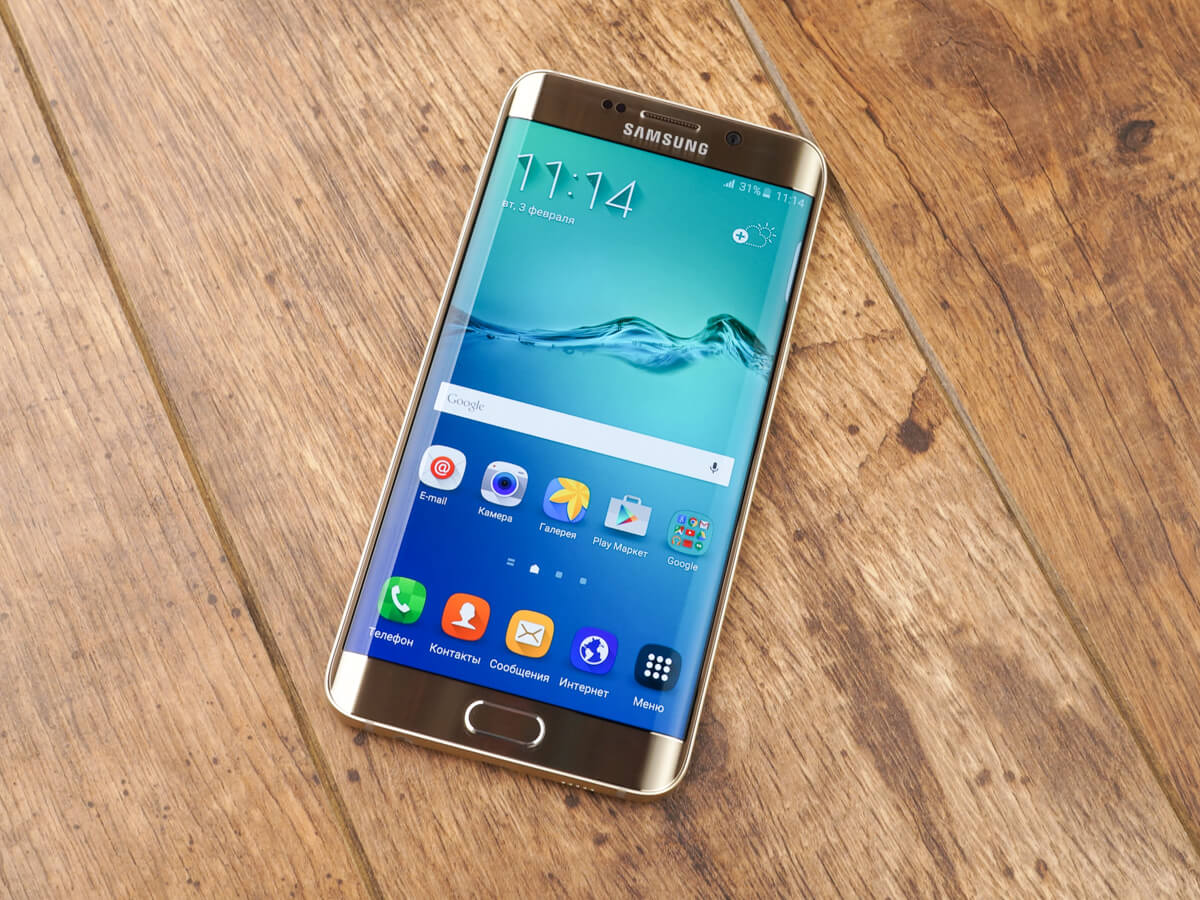It is not the first time that NASA has done its experiments with Oculus Rift, since some time ago it has already experienced it together with Omni and Kinect, but this time what they are looking for is to keep the mental health of astronauts in good condition during their long space trips, while allowing them to feel that they are somewhere other than the inside of the claustrophobic spacecraft.
And this is especially ironic, since many of us use Oculus Rift to transport ourselves inside spaceships and feel like real astronauts, the fact is it seems that no one is happy with what they have. Joking aside, the large amount of time that astronauts have to spend totally isolated in a small cabin presents not a few psychological problems, especially in missions with a single crewman, and this is where virtual reality comes in. At Dartmouth College’s Digital Art and Innovation Leadership Laboratory (DALI) they have been working since 2001 on the Virtual Space Station program, and recently NASA has already injected them with no less than $1.6 million to create virtual environments and digital therapists to cure the stress of astronauts in deep space and help them with their interpersonal conflicts.
To do this, they will be able to simulate friendly and familiar environments for astronauts, including smells that will help increase the realism of the simulation and facilitating the feeling of a presence in another place. But logically these treatments can also be applied on our planet. It could be especially useful in rural areas or remote large cities, as well as in especially hostile environments such as the desert or the poles. Really the limits of what can be achieved with virtual reality are becoming more and more difficult to define.








